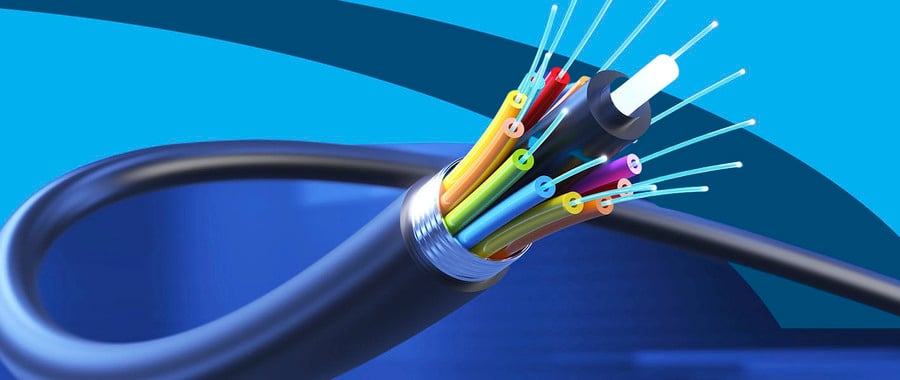{{ quickViewProduct.product_title }}
Stock ID
{{ quickViewProduct.product_stock_number }}
Product Features:
- {{ feature.product_feature_description }}
{{ option.product_option_title }}
{{ value.product_option_value_title }}

Outside plant cables are structured cabling made to withstand harsh conditions. OSP cabling is part of a design that includes all external infrastructure and hardware associated with the cable route.
Outside plant fiber-optic cable management has vastly different needs than inside plant — OSP cables must tolerate extreme weather and temperatures and external forces like pests, water, power surges and hazardous agents. Installation sometimes involves trenching, crossing bodies of water, housing in an optical terminal enclosure or even constructing underground vaults.
OSP cables are necessary for applications that require transfer over long distances or have external components that drive internal operations. In telecommunications, OSP cables connect a communications device, like a telephone, to the switching center or adjoining optical fiber cabling so it can function correctly. Other applications might include:
OSP cabling connects point A — your “home base" — to your point B user. These durable and versatile cables are the only way to safely and efficiently transfer data across an external route. They let you expand your network's reach across a large property, campus or even distances. This reach is crucial for applications like:
By design, OSP cables stand up against things flooding and submersion, extreme temperatures, pest damage and other environmental factors standard cabling cannot handle.
While some small applications may incorporate copper wiring, fiber-optic connectivity is the most common and reliable cabling type because of its long-distance capabilities and powerful bandwidth. It tends to be the most cost-efficient.
Other factors differentiate OSP cables from one another, including their design, fiber configuration and installation site.
Optical fiber cabling for outside plants consists of loose tubes, micro-cables, ribbon cables or a combination of these. Each has distinct benefits that directly impact network latency or data acquisition and loss.
Single mode fiber is designed to propagate a sinlge light mode whereas multimode supports multiple simultaneous light modes. This difference impacts bandwidth, signal transmission distance and signal stability.
Additionally, single mode and multimode cables are built differently. The optical core in a single mode cable is 9µm and the optical core in a modern multimode cable is 50µm, though older fiber cables (specifically OM1 rated cables) feature a 62.5µm core.
The OSP location for cabling installation is one of the most significant factors determining cable type. OSP cables fall into one of four categories.
Multilink creates, develops and manufactures fiber-optic network solutions for installing and expanding your telecommunications network. We offer product customization across all industries — no matter the configuration or load demand, our engineering team can make it happen.
Our products are also universal, fitting perfectly into existing infrastructure. We're here to help through consultation services, hardware bundling, outside building fiber-optic cable designs and beyond. Get in touch today to get started!
Back to Multilog